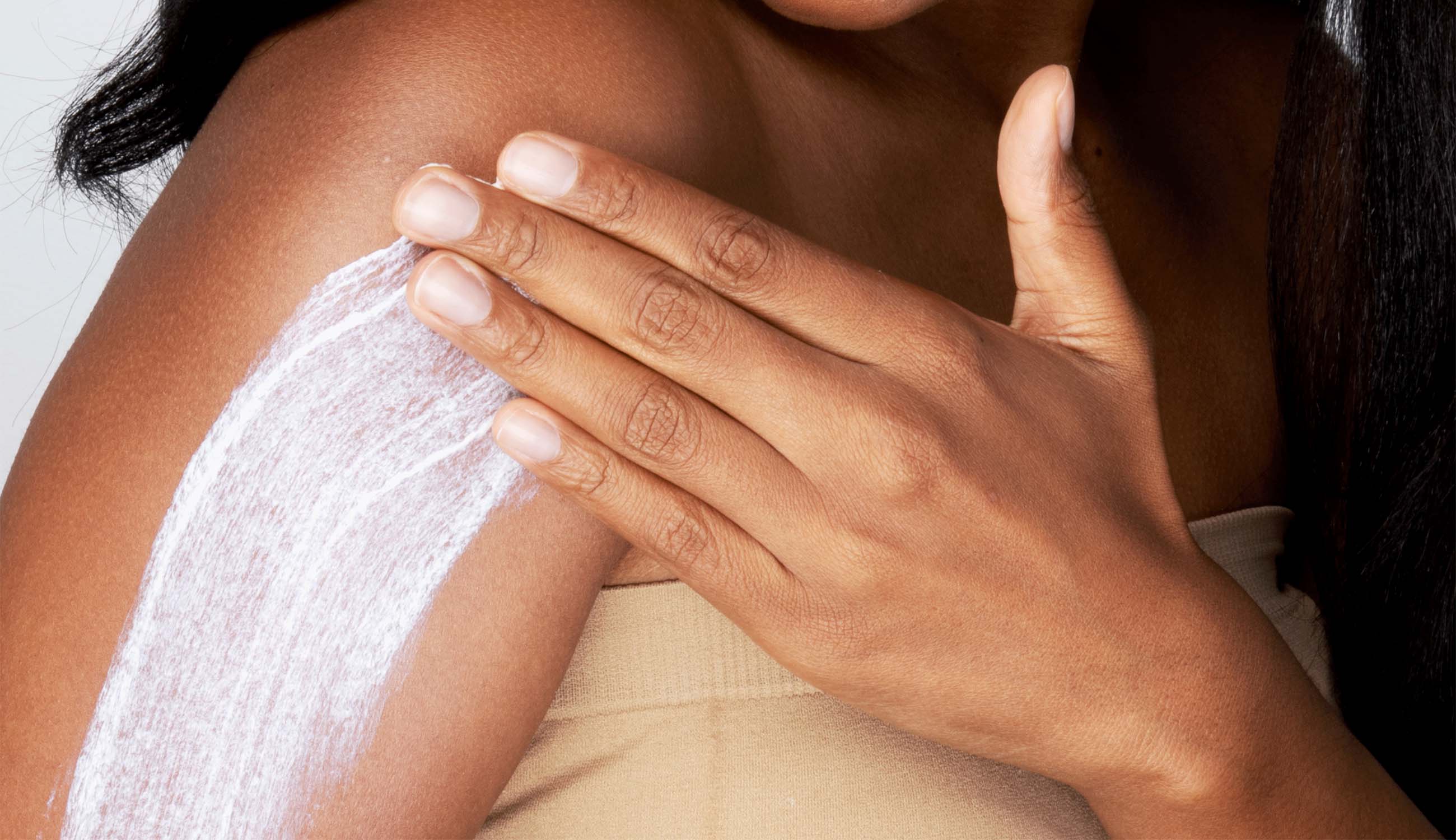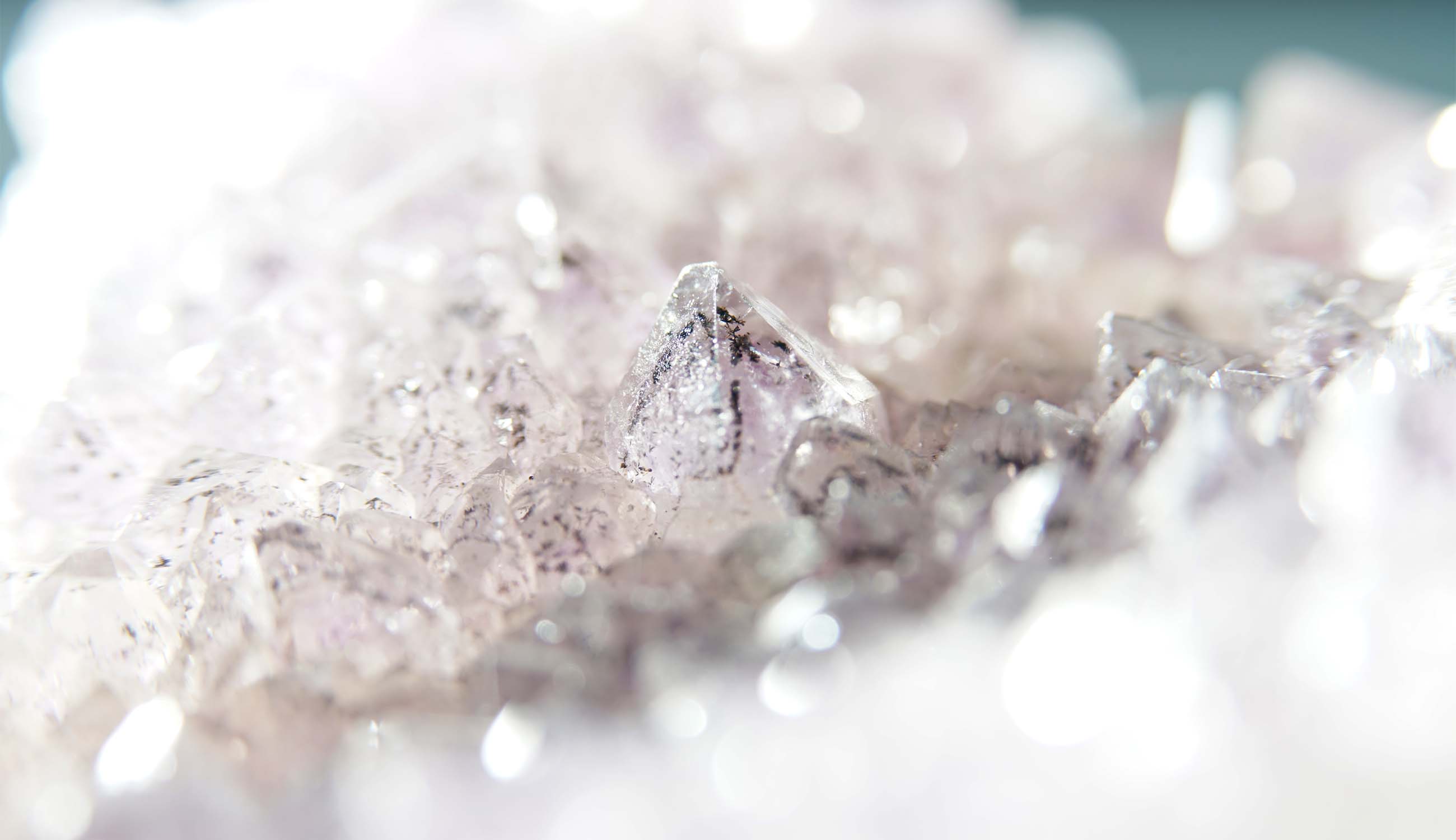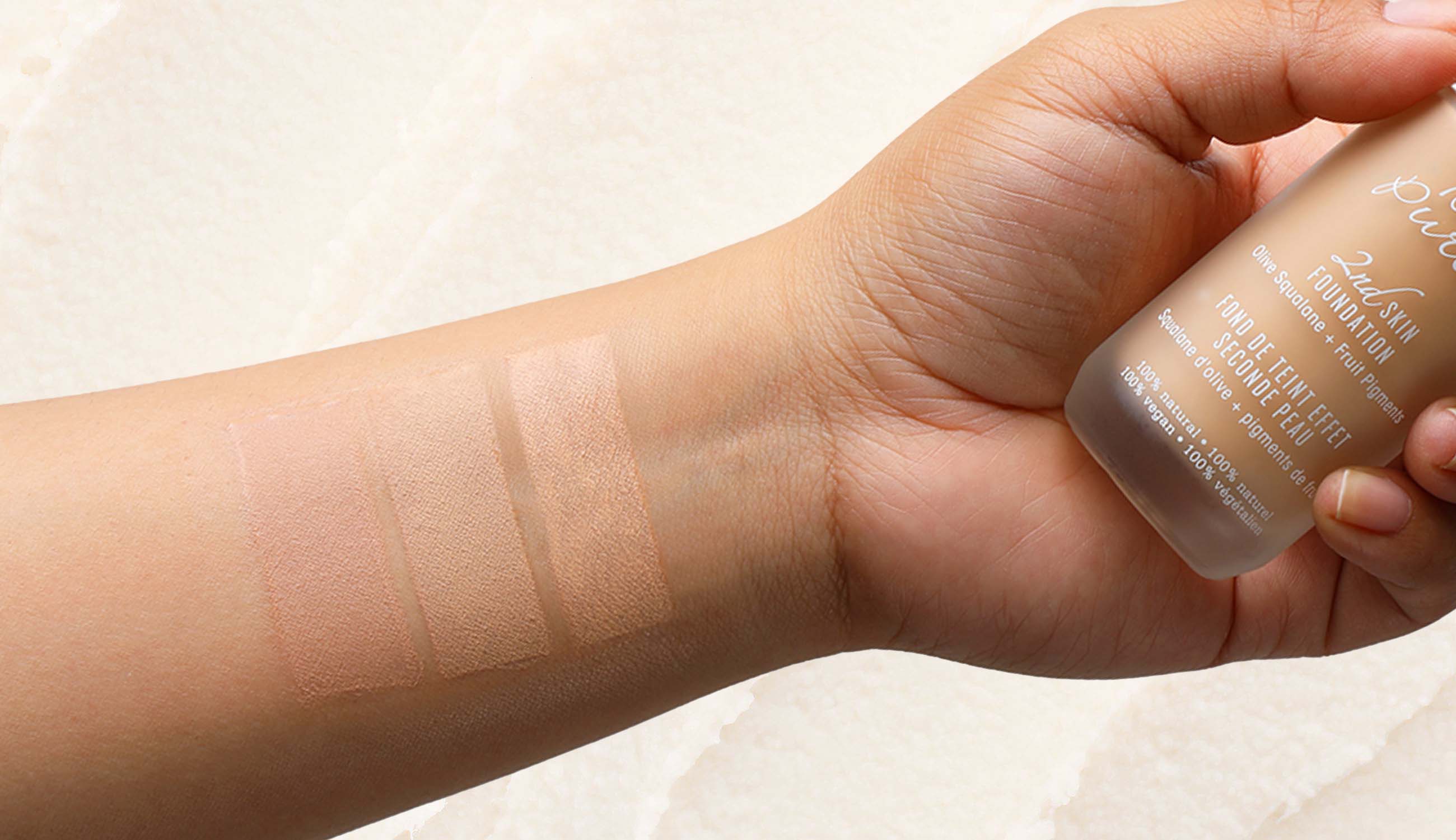Everything you need to know about using titanium dioxide in your beauty routine
Written by: 100% PURE ®
The idea of gentle, non-irritating makeup is nothing new, and for that matter, neither is gentle, non-irritating skin care. But over the past few years, formulation technology has made leaps and bounds in progress. That’s led us into a sort of golden age for kind, natural beauty products.
And because of this, you’ve probably heard of “mineral makeup” and “mineral sunscreen.” This usually means either one of two unique minerals: zinc oxide or titanium dioxide. Today, we’re talking about titanium dioxide in beauty. We’ll look at what it is, how it functions, and the question of whether it’s unsafe.
Titanium dioxide mainly comes from the earth’s crust, where it’s actually the ninth most common element. When processed, it becomes a fine powder with a vibrant white pigment.
Because of its unique pigment and fine-milled texture, titanium dioxide has become popular over the past century in a wide variety of different products. These include adhesives, paints, plastics, rubbers, textiles, inks, ceramics, and even some pharmaceuticals, foods, and hygiene products.

Typically, this mineral is produced in two forms. The primary type is pigment-grade titanium dioxide, which utilizes its pigment to provide a look of sensitivity and brightness.
Then, there’s ultrafine-grade, also known as nanoscale titanium dioxide. This is used for its ability to scatter lightly as an ultra-fine powder. This gives it the ability to lightly absorb into the skin while providing a bit of transparency. Below, we’ll go more into the cosmetic uses of these two forms of titanium dioxide.
Aside from the attributes we mentioned above, titanium dioxide is known for its durability, which can create a pigment that’s extra long-lasting. On top of that, combined with other colors, titanium dioxide can instantly amplify color by providing intensity and brightness. That has made it particularly popular for foundation and lipstick formulas.
When used as a base or colorant in a product, titanium dioxide becomes handy in formulas meant to offer a lot of brightness and opacity. Titanium dioxide is so pigmented, in fact, that it’s used not only in white and pastel-colored products but also in darker shades, as well.

That being said, titanium dioxide is particularly popular in concealers. As one of the most naturally opaque and pearly-white materials on earth, titanium dioxide has the ability to provide excellent coverage while brightening the skin, whether you’re dealing with blemishes, dark spots, acne, or dark circles under the eye.
Even if you’re not familiar with titanium dioxide in makeup, it’s quite likely you’ve seen it in sunscreens, specifically physical formulas. Titanium dioxide is beloved in cosmetics not only for the pigment and coloration it can provide but also for the way it reacts to light.
When used in an ultrafine-grade formulation, titanium dioxide becomes transparent to light, effectively making it an absorber of UV light. And because its particles are so small in this form, titanium dioxide creates a transparent barrier that absorbs UV light.
But before titanium dioxide is made into sunscreens, it is first micronized. This is a process that takes ingredients that are normally quite heavy (like titanium dioxide) and makes them both stabler and easier to spread. And when micronized, titanium dioxide doesn’t penetrate the skin. That means that you’re getting all the sun protection benefits without the risk of harming yourself.
Titanium dioxide helps protect the skin from both UVA and UVB rays. Plus, it’s generally considered to be safe for sensitive skin types. Not only that, but it might also make for sunscreens that are more suitable for children and infants since it’s much less likely to cause stinging compared to chemical sunscreens. And when used in foundations, titanium dioxide can even provide a little extra sun protection on top of your daily SPF.
However, most dermatologists will warn their patients not to rely on mineral makeup alone in order to be protected by the sun’s rays. This is because there can be quite a bit of variation with mineral foundation – not only with how much we apply but how much titanium dioxide the foundation contains.
Just because we are applying makeup containing titanium dioxide as one of the ingredients does not equate sufficient coverage. Instead of relying on mineral makeup, try layering it over your daily sunscreen instead.
Sunscreens and cosmetics containing titanium dioxide are generally considered safe since they are mineral-based products. Mineral products are often recommended for acne-prone and sensitive skin. However, there have been some concerns that titanium dioxide may have a negative impact on health.
According to a 2011 study published in Radiology and Oncology, titanium dioxide may lead to some adverse effects in the body, including oxidative stress, inflammation, and changes in cell signaling pathways. Additionally, pure titanium dioxide can be notably harmful when inhaled.
However, it’s also important to note that such adverse effects depend heavily on the form of the titanium dioxide. It can come down to characteristics like “particle shape, purity, surface charge, solubility, agglomeration rate, photo-activation, etc.”
That being said, most experts tell us that these potential health risks shouldn’t trouble us, because titanium dioxide has been used in the market for decades, and no adverse reactions have been reported by users. The bottom line is that when used correctly, titanium dioxide should be a safe ingredient that’s safe for all skin types, every day.
- Tags: Makeup, March-2022
We carefully hand-select products based on strict purity standards, and only recommend products we feel meet this criteria. 100% PURE™ may earn a small commission for products purchased through affiliate links.
The information in this article is for educational use, and not intended to substitute professional medical advice, diagnosis, or treatment and should not be used as such.











